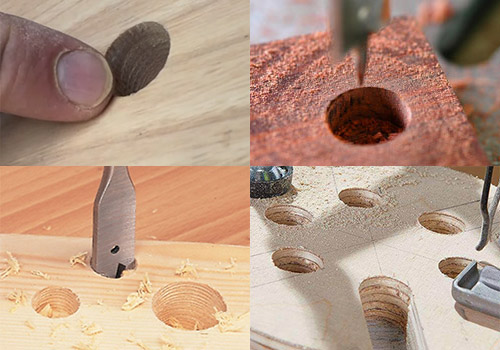DigitalM
Established Member
I bought a couple of Simon James holdfasts in the for sale forum, they're 18mm diameter. Will they work in 20mm dog holes? I've got a 20mm forstner bit and a 19mm spade bit, which would fit in the pillar drill, otherwise I'm at the mercy of a 3/4" auger bit and brace, and trying to work out how to be perfectly vertical with that.



































